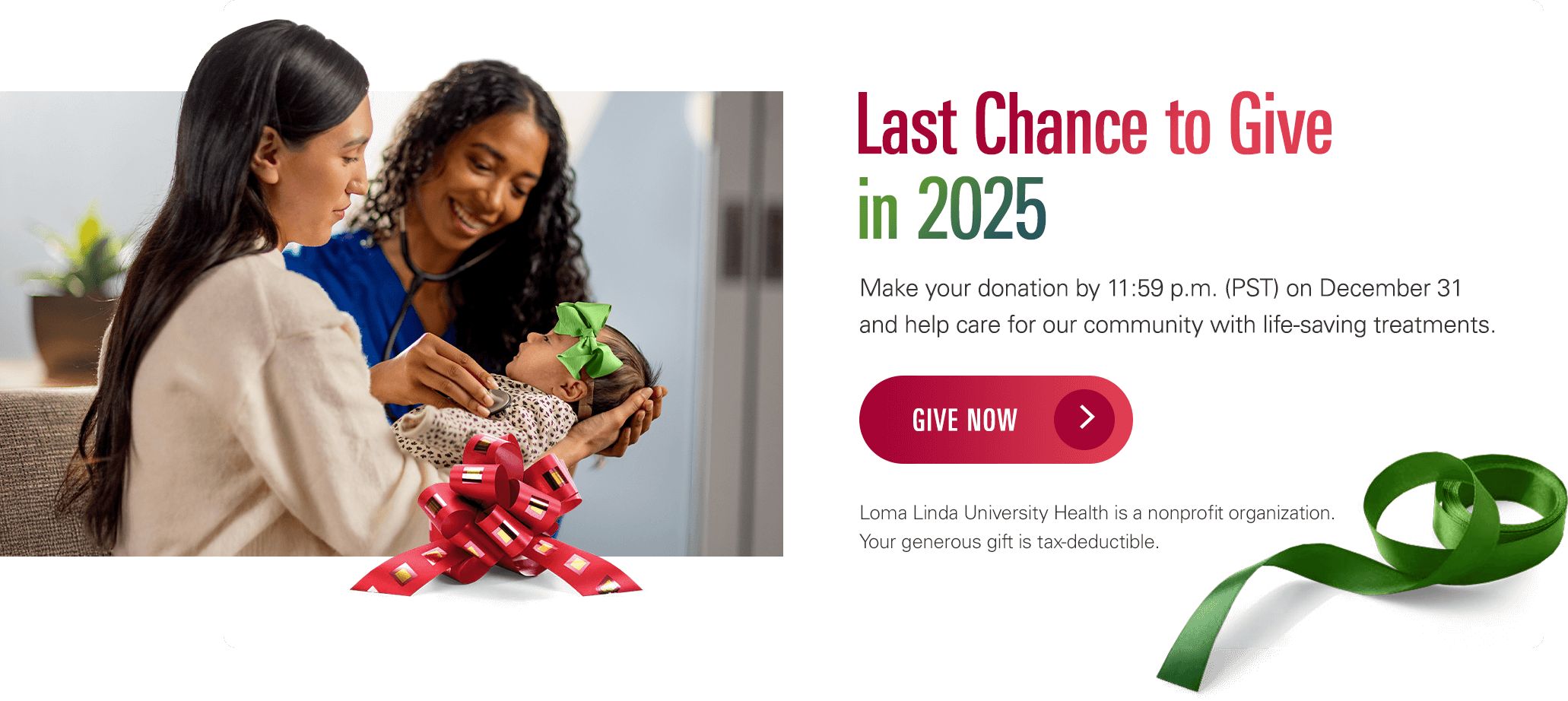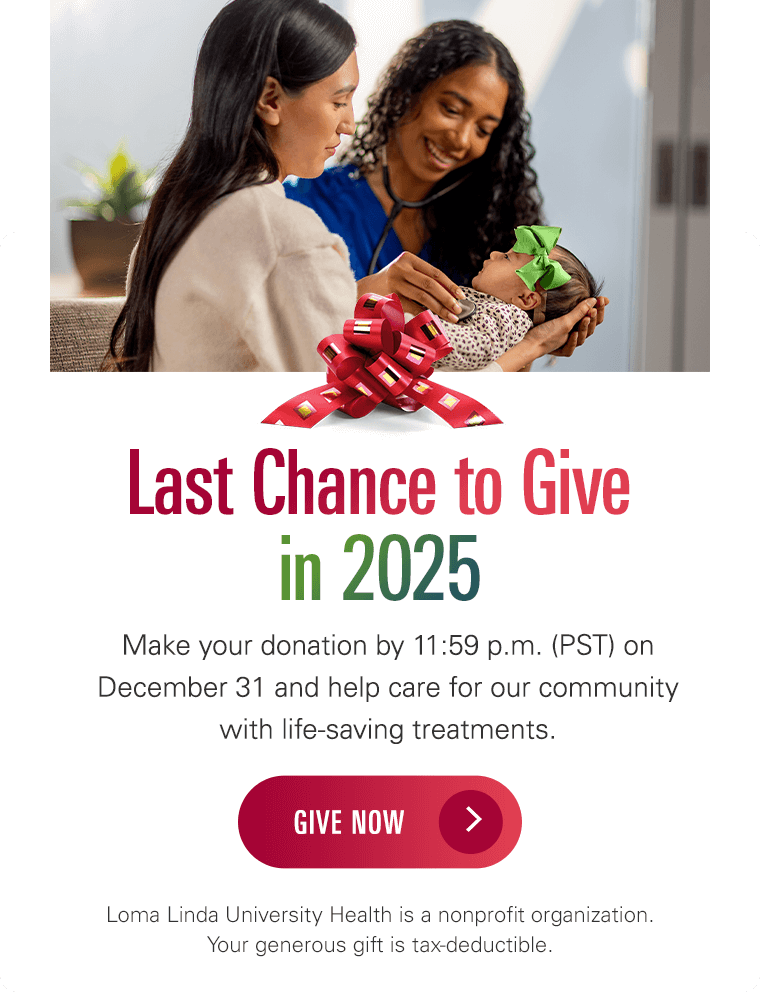Skull Base Rhabdomyosarcoma in Children
What is skull base rhabdomyosarcoma in children?
Rhabdomyosarcoma is a type of cancer called soft tissue sarcoma. It starts in cells that grow into skeletal muscle cells. These cells are called rhabdomyoblasts. Skeletal muscles are the muscles that move the body.
This cancer is very rare. When it happens, it's most common in children younger than age 10. It can form in muscles anywhere in the body. A skull base rhabdomyosarcoma forms in the head and neck. It can start in the area where the spine connects to the skull (skull base). It can also grow in other parts of the head, like the eyes, nose, throat, or sinuses.
There are 2 main types of rhabdomyosarcoma:
- Embryonal. This type is the most common. It’s the most likely type to affect the base of the skull.
- Alveolar. This type is more common in older children and teens. It’s more likely to affect the trunk, arms, or legs. It grows more quickly. It’s more likely to spread to other areas of the body (metastasize).
What causes skull base rhabdomyosarcoma in a child?
The exact cause of this cancer is not known. Changes in the genetic material in cells (DNA) likely cause the normal cells to turn into cancer.
Which children are at risk for skull base rhabdomyosarcoma?
Some health conditions that are passed down through families (genetic) increase a child's risk. These include:
- Li-Fraumeni syndrome
- Dicer1 syndrome
- Neurofibromatosis type 1 (NF1)
- Beckwith-Wiedemann syndrome
- Costello syndrome
- Noonan syndrome
What are the symptoms of skull base rhabdomyosarcoma in a child?
Symptoms depend on the location and the size of the tumor. They can include:
- Problems with the sense of smell
- Vision problems
- Trouble with eye movement
- Bulging of the eye or crossed eyes
- Numbness or weakness of the face
- Trouble hearing, ringing in the ears (tinnitus), ear pain, or dizziness
- Trouble swallowing
- Headache
- Sinus congestion
Symptoms that rhabdomyosarcoma has spread may include:
- A lump or swelling in the neck
- Bone pain
- Weakness
- Constant cough
- Weight loss
The symptoms can be like other health conditions. Make sure your child sees a healthcare provider for a diagnosis.
How is skull base rhabdomyosarcoma diagnosed in a child?
Your child's healthcare provider will ask about your child's health history and symptoms. A physical exam will be done and will include a neurological exam. The exam tests reflexes, muscle strength, eye and mouth movement, balance, and coordination. The provider may refer your child to a cancer specialist (oncologist). Your child may need other tests, such as:
- CT scan. A CT scan uses a series of X-rays taken from different angles and a computer to make detailed pictures of the inside of the body. Your child may drink contrast medium (also called dye) or it may be injected into your child's vein. The contrast helps show more details.
- MRI. An MRI uses large powerful magnets, radio waves, and a computer to make detailed pictures of the inside of the body. Contrast medium called gadolinium may be injected into your child's vein. It helps show details clearly.
- Positron emission tomography (PET) scan. This test determines the level of metabolic activity in the body to see if the tumor has spread to other parts of the body. A PET scan may be combined with a CT scan (PET-CT).
- Lumbar puncture. A needle is placed into the spinal canal in the lower back. This is the area around the spinal cord. A small sample of cerebrospinal fluid (CSF) is removed. CSF is the fluid around the brain and spinal cord. The sample is checked for cancer cells.
- Biopsy. A sample of tumor cells is removed and sent to a lab for testing. This is done to find out the type of tumor and how quickly it’s likely to grow. This may be done during surgery.
- Bone scan. A small amount of radioactive substance is put into a vein. It then collects is the bones where cancer is growing.
- Bone marrow aspiration and biopsy. A healthcare provider uses a hollow needle to remove bone marrow, blood, and a sample of bone from the child's hipbone. They are then checked in a lab for cancer.
After a diagnosis has been made, the cancer is staged. Staging is the process of finding out where the cancer is, how big it is, if it has spread (metastasized), and where it has spread. Staging also helps to decide on the best treatment choices. There are different ways of staging cancer, but most range from stage 1 to stage 4, where a stage 4 is cancer that has spread to other parts of the body. Talk with your child's healthcare provider about the stage of your child's cancer and what it means.
How is skull base rhabdomyosarcoma treated in a child?
This cancer is very rare. So it's important for your child to be treated at a center that specializes in treating cancer in children. Most children are treated in a clinical trial. These are studies that compare the best treatments available now with treatments that are thought to be even better. Your child's healthcare provider may talk to you about this choice.
Treatment will depend on the location, stage, and other factors. The cancer can be treated with any of these:
- Surgery. The goal of surgery is to remove all the tumor. The healthcare providers will try to keep your child's body working and looking as normal as possible. A surgeon who specializes in the body area of tumor growth may be needed. This may be a head and face (craniofacial) surgeon. Or an ear, nose, and throat doctor (ENT or otolaryngologist). It may be a brain surgeon (neurosurgeon). Or it may be another type of healthcare provider.
- Chemotherapy (chemo). These are medicines that kill cancer cells. Chemo is almost always used to treat rhabdomyosarcoma. It's given through a tube (IV) that's put into a vein in the arm or chest.
- Radiation therapy. These are high-energy X-rays or other types of radiation used to kill cancer cells or stop them from growing. It may be used when a tumor is hard to remove with surgery. Radiation therapy is usually given along with chemo.
- Clinical trials. Ask your child's provider if there are any treatments being tested that may work well for your child. Many new treatments are only available in clinical trials.
- Supportive care. Treatment can cause side effects. Medicines and other treatments can be used for pain, fever, infection, and nausea and vomiting. This a key part of cancer care.
With any cancer, how well a child is expected to recover (prognosis) varies. Keep in mind:
- Getting medical treatment right away is important for the best prognosis. Cancer that has spread is harder to treat.
- Ongoing follow-up care after treatment is needed.
- Talk with your child's healthcare provider about any concerns you have or problems you notice. Your child's treatment team wants to know as much as they can about how your child is doing.
What are possible complications of skull base rhabdomyosarcoma in a child?
A child may have short- and long-term problems from the tumor or from treatment. They may include things like:
- Damage to the brain or nervous system that causes problems with coordination, muscle strength, speech, or eyesight
- Problems after surgery, such as infection, bleeding, and problems with general anesthesia
- Increased risk of infection and bleeding from chemo
- Delayed growth and development
- Learning problems
- Problems having children in the future (infertility)
- Return of the cancer (recurrence)
- Increased risk of other cancers later in life
Talk with your child's healthcare provider about what you should watch for and what can be done to help prevent complications.
How can I help my child live with skull base rhabdomyosarcoma?
A child with skull base rhabdomyosarcoma needs specialized medical care. Your child will be seen by oncologists and other healthcare providers to treat any late effects of treatment and to watch for signs or symptoms of the tumor returning. Your child will be checked with imaging tests and other tests. And your child may see other providers for problems from the tumor or from treatment. For instance, your child may see an eye care provider (ophthalmologist) for vision problems.
Your child may need therapy to help with movement and muscle strength. This may be done by physical and occupational therapists. If your child's speech is affected, your child may need help from a speech therapist. Your child may also need the help of other therapists for learning or emotional problems.
You can help your child manage their treatment in many ways. For instance:
- Your child may have trouble eating. A dietitian may be able to help.
- Your child may be very tired. Your child will need to balance rest and activity. Encourage your child to get some exercise. This is good for overall health. And it may help to reduce tiredness. Ask your child's healthcare team what types of exercise are safe for your child.
- Get emotional support for your child. A counselor or child support group can help.
- Make sure your child attends all follow-up appointments.
When should I call my child’s healthcare provider?
Call the healthcare provider if your child has:
- Symptoms that get worse or don't get better with treatment
- New symptoms
- Side effects from treatment
- Signs of infection, such as fever or chills
- Trouble breathing
- Changes in how urine looks or smells
Key points about skull base rhabdomyosarcoma in children
- A skull base rhabdomyosarcoma is cancer that forms in the head and neck.
- Symptoms include problems with the sense of smell, eyesight, hearing, swallowing, and facial weakness.
- Treatment includes surgery, chemotherapy, and radiation therapy.
- Because the cancer is so rare, it's important for your child to be treated at a center that specializes in the disease.
Next steps
Tips to help you get the most from a visit to your child’s healthcare provider:
- Know the reason for the visit and what you want to happen.
- Before your visit, write down questions you want answered.
- At the visit, write down the name of a new diagnosis and any new medicines, treatments, or tests. Also write down any new instructions your provider gives you for your child.
- Know why a new medicine or treatment is prescribed and how it will help your child. Also know what the side effects are.
- Ask if your child’s condition can be treated in other ways.
- Know why a test or procedure is advised and what the results could mean.
- Know what to expect if your child does not take the medicine or have the test or procedure.
- If your child has a follow-up appointment, write down the date, time, and purpose for that visit.
- Know how you can contact your child’s provider after office hours, and on weekends and holidays. This is important if your child becomes ill and you have questions or need advice.









